Arlo Essential vs. Arlo Pro 3: Which should you buy?
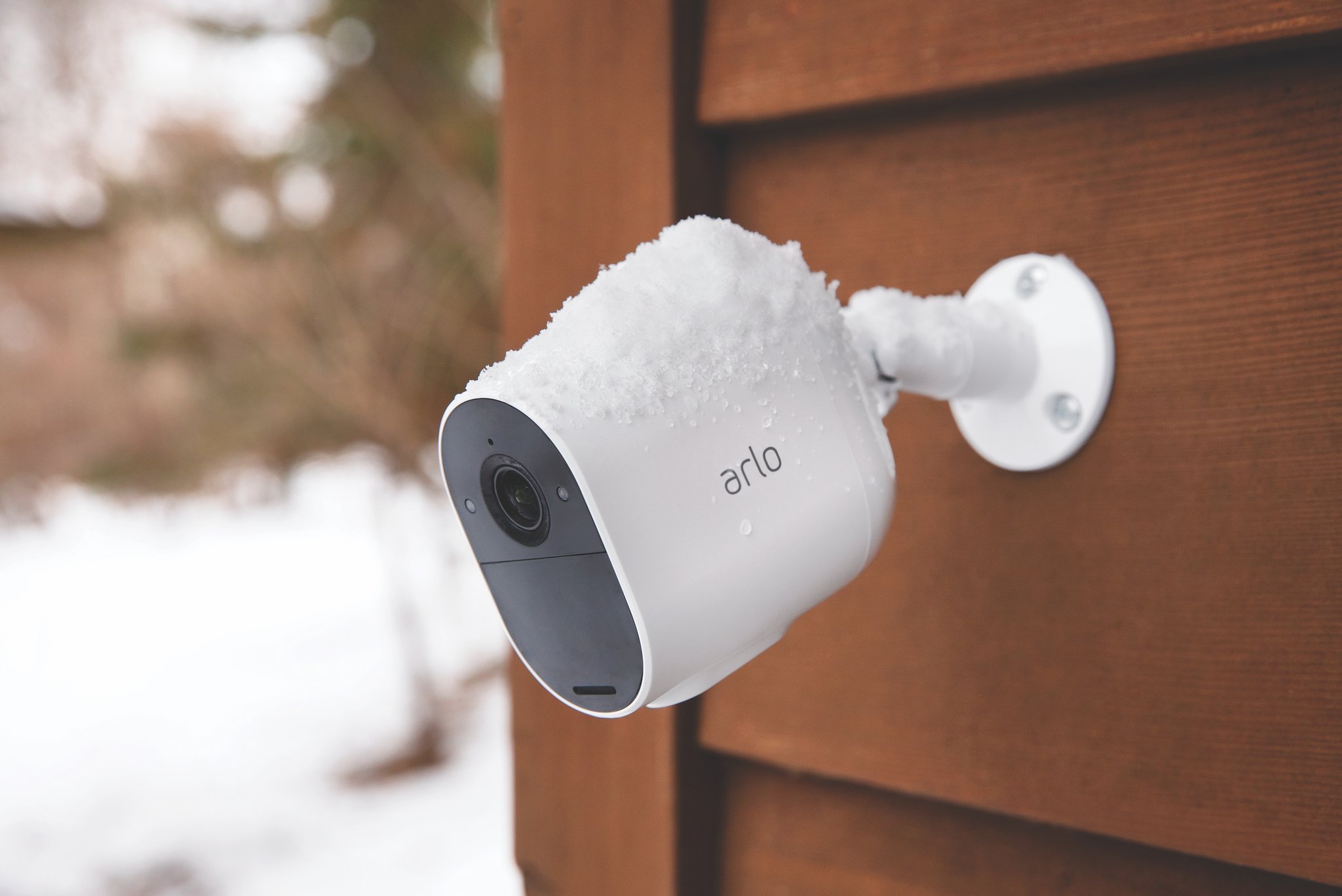
Arlo Pro 3
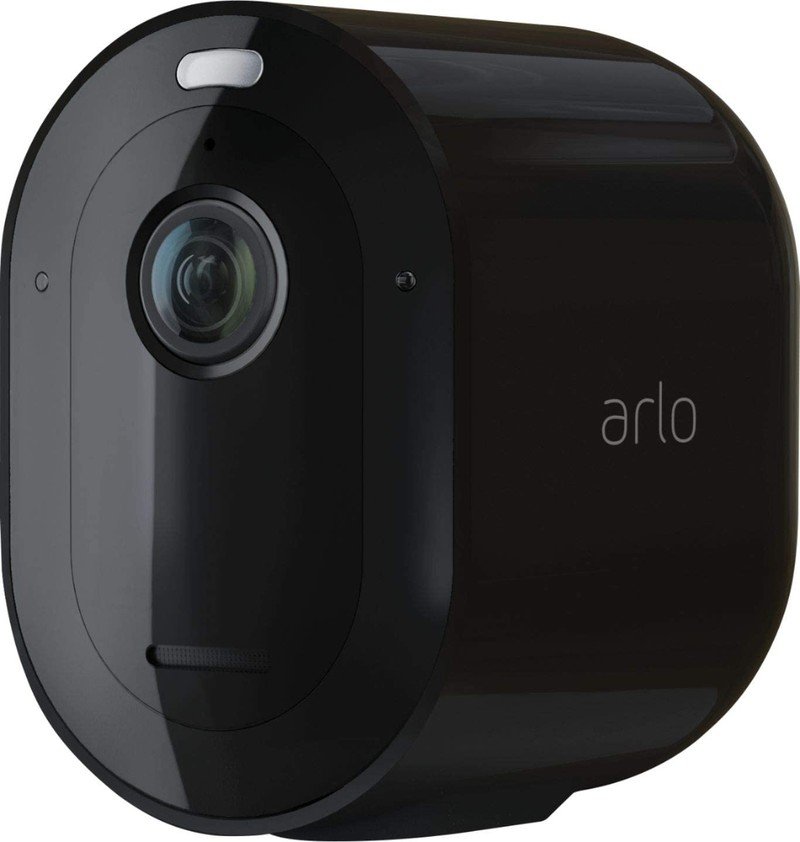
The Arlo Pro 3 is built to capture a wider range of higher-quality footage, plus alert you to concerning sounds while the Arlo Essential leaves you unaware. The higher price makes it less appealing to buy in quantity, and you'll likely also want to buy a backup battery, but you'll likely feel safer with it guarding your home.
Arlo Pro 3
See and hear threats more clearly
Arlo Essential
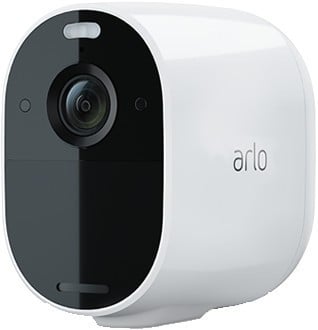
Anyone hoping to build a network of affordable Arlo cameras should strongly consider the Arlo Essential, which may not have Pro 3–level specs but supports Arlo features like remote local storage, smart home connectivity, and AI detection. It even matches the Pro 3 in Night Vision and beats it in battery life.
Arlo Essential
6 months of battery life
Two of the best Arlo cameras today, the Arlo Essential and Arlo Pro 3 are also two of the more affordable models in a relatively expensive lineup. For all of the security "essentials" like AI detection and color night vision, the Arlo Essential will serve you well while saving you money. If you're willing to spend a little extra for 2K resolution, a wider field of view (FOV), and other improvements, the Arlo Pro 3 may be your best bet. Your choice will depend in part on your budget and how many cameras you plan to buy, but we'll give you all the concrete details and differences we can to make your choice easier.
Arlo Essential versus Arlo Pro 3: The essentials for a reliable security camera
Unsurprisingly for two cameras made by the same company, both the Arlo Essential and Pro 3 share many traits and features. Before we dive into their differences, let's explore what you'll get from your Arlo Cam regardless of which you purchase.
Both cameras are weather-resistant, functioning in a wide range of temperatures. Each supports two-way audio thanks to a single microphone with noise and echo cancellation (whereas the Arlo Ultra cams have dual mics). Both are wireless, connecting directly to your Wi-Fi network with no need for a hub, and wire-free, relying on a rechargeable battery that should last you for months at a time.
The Essential and Pro 3 both support full-color night vision thanks to a built-in, optional spotlight that you can have toggle on in response to motion. Though the Pro 3 has a better camera lens and resolution, both have 850nm infrared LEDs, meaning they can detect motion across equally long distances. They also both rely on digital zoom rather than optical zoom, reaching 12X magnification.
These two Arlo cams share features like color night vision, AI detection, IFTTT tech, voice commands, and solid battery life.
Unfortunately, Arlo doesn't build in AI detection, activity zones, or continuous video recording (CVR) into its cameras by default. But you can subscribe to an Arlo Smart plan for $2.99/month per camera to unlock person, pet, package, and vehicle detection in any Arlo camera, plus activity zones. As for CVR, you'll need to pay $19.99/month to unlock it for cloud storage or purchase a compatible smart hub and USB flash drive to store it. Whichever Arlo camera you buy, you'll get exactly as many intelligent features for which you're willing to pay.
Get the latest news from Android Central, your trusted companion in the world of Android
Finally, both cameras benefit from Arlo's broad compatibility with various smart homes — specifically Amazon Alexa, Google Assistant, and Apple HomeKit, along with IFTTT support. You can remotely arm your cameras with a voice or app command, or trigger your smart bulbs or switches in response to detected motion. Whichever smart home ecosystem you prefer, your Arlo Cam will work with it.
Arlo Essential versus Arlo Pro 3: Detecting their spec differences
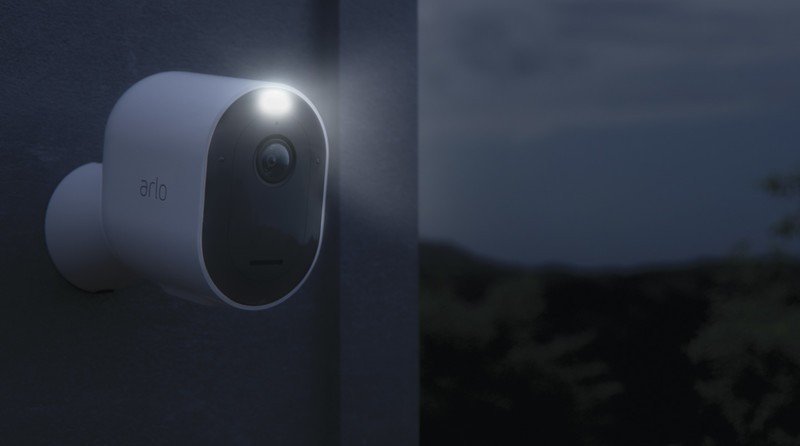
Despite all these shared traits and features, you'll find a ton of differences between these two cameras once you dive into the details. Specifically, the Pro 3 has a wider gaze, a 2K resolution option (with some important caveats), and sound detection, while the Essential has more consistently high battery life. You can see the breakdown in the spec table below.
| Header Cell - Column 0 | Arlo Pro 3 | Arlo Essential |
|---|---|---|
| Max Resolution | 2560x1440 | 1920x1080 |
| Video Modes | 2K, 1080p, 720p | 1080p, 720p |
| Lens FOV | 160 degrees diagonal | 130 degrees diagonal |
| Motion Detection FOV | 130 degrees horizontal | 110 degrees horizontal |
| Zoom | 12X Digital | 12X Digital |
| Auto Track and Zoom | Yes | Yes |
| Night Vision | Color; 850nm | Color; 850nm |
| Integrated Spotlight | Yes | Yes |
| Power Source | Removeable battery | Integrated battery |
| Battery Life | about 3–6 months | about 6 months |
| Operating Temperature | -4° F to 113° F (-20° C to 45° C) | -4° F to 113° F (-20° C to 45° C) |
| 2-way Audio | Yes: Single Microphone with noise and echo cancellation | Yes: Single Microphone with noise and echo cancellation |
| Sound Detection | Yes | No |
| Arlo Smart hub compatibility | VMB5000; VMB4540; VMB4000; VMB4500 | VMB5000; VMB4540; VMB4000; VMB4500 |
| Local Storage | Yes, up to 2TB via smart hub | Yes, up to 2TB via smart hub |
| Cloud Storage | 30 days of clips with subscription | 30 days of clips with subscription |
| Smart Home Connectivity | Amazon Alexa, Google Assistant, Apple HomeKit, IFTTT | Amazon Alexa, Google Assistant, Apple HomeKit, IFTTT |
| AI Features with Subscription | People, package, animal or vehicle detection | People, package, animal or vehicle detection |
This chart lacks some key details about the Pro 3, because Arlo has played a bit coy with its Essential camera's specs in a few areas. For example, we know that the Pro 3 has a 4MP, 1/3" image sensor; a 6500K spotlight; 128-bit SSL, AES-128, and TSL encryption; 802.11 b/g/n, 2.4GHz Wi-Fi connectivity; and HDR, H.264 and H.265 Encoding. While we know the Arlo Essential has a CMOS sensor and spotlight, and only works on the 2.4GHz band, we don't know how it specifically stacks up. One could reasonably assume the lack of detail means the Pro 3 handles these areas better, but we can't state that for certain.
Arlo Essential versus Arlo Pro 3: Is 2K worth the upgrade?

The caveat we mentioned with 2K video on the Arlo Pro 3 is that the camera can't film in that resolution by default. You can only unlock it by paying for an Arlo Smart subscription, or by buying an Arlo smart hub and sending your footage to a local USB drive. We suspect most Arlo buyers pay for a subscription anyway, and won't find this too bothersome, but still wanted to note it.
The Arlo Pro 3 only unlocks 2K resolution recordings with a cloud storage subscription and requires a better internet connection.
Another factor to consider is that 2K video, whether recorded or live-streamed, is a greater burden on your router and internet plan than 1080p video. Arlo notes that you need 2-4Mbps upload speed to support two simultaneous 2K video streams; so before you buy a pair of Arlo Pro 3s, make sure your plan can support that. If not, you may want to stick with the Essential, which requires less bandwidth.
We can't say for certain whether 2K resolution is worth the extra cost. If you mainly want the camera to alert you of an intruder, the sensors will pick up motion regardless of the resolution — and if someone's in your backyard, you don't need them to be crystal clear to know they're out of place. It's only if you're hoping to get clear footage of someone for recorded evidence that the resolution really matters.
Arlo Essential versus Arlo Pro 3: Battery blues
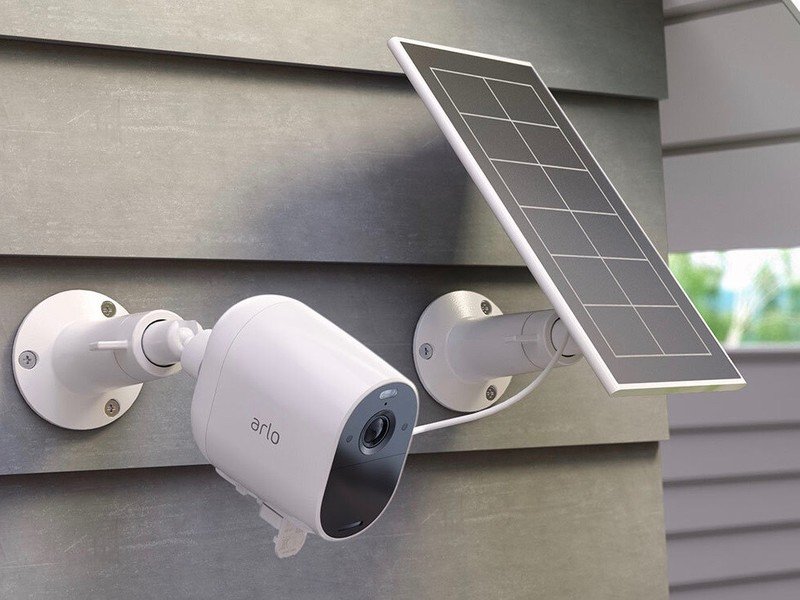
Arlo estimates that the Pro 3 will last three to six months on a full charge, while the Arlo Essential has a firmer six-month estimate. But if you're wondering how long the Arlo Essential battery life actually lasts, our linked guide explains that the answer isn't that clear-cut.
Both estimates depend on the idea that your camera usage is "4000 seconds per month, 30 seconds per stream, and day/night event splits 2:1", according to Arlo. That only translates to about 67 minutes per month, or about four 30-second clips per day. If your camera is recording more frequently, your battery will die more quickly. The same applies if your camera films in 2K or even 1080p — Arlo apparently used 720p footage when coming up with this estimate.
Both of these cams basically require an extra battery accessory to help you avoid recharging headaches.
Keeping this in mind, you'll need to be prepared to recharge out your battery fairly regularly. For the Pro 3 — which has a removable battery pack — this means you can buy a $50 replacement battery and swap in the new one so your camera isn't down for long. For the Essential — with its integrated battery — you'll need to take it inside and recharge it, then remount it. An easier solution would be to purchase a $50 Arlo solar panel, which keeps your camera charged at all times but also draws attention to your Essential cam.
We'll note that Arlo does sell the Essential XL Spotlight Camera, which features an estimated twelve months of battery life while matching the base Essential Camera in other respects. This model also costs more, which makes it harder to justify as a budget option compared to the Pro 3.
Arlo Essential versus Arlo Pro 3: Which should you buy?
We can't answer that question definitively, but we're big fans of the Pro 3. Whether or not you need 2K resolution, you'll appreciate the ultrawide field-of-view; and we feel that sound detection is a necessity for security cameras, making its absence in the Arlo Essential somewhat unforgivable. We also assume that most people won't want to bother with a solar panel, but will begrudge buying a backup battery less than having to climb up a ladder to remove your camera, then wait a few hours for it to recharge.
If you're planning on buying multiple Arlo cams, the price difference between the two only compounds, making the Essential more tempting. But you'd either need a solar panel for each cam or be forced to recharge each cam over and over. With a series of Pro 3s, you could reasonably buy just one backup battery: whenever one Arlo dies, you swap in the backup, recharge the original battery in a few hours, then wait for your next Pro 3 to run out of juice.
Yes, the Pro 3 is more expensive, but we still fully recommend the Pro 3 if you can afford it.

Michael is Android Central's resident expert on wearables and fitness. Before joining Android Central, he freelanced for years at Techradar, Wareable, Windows Central, and Digital Trends. Channeling his love of running, he established himself as an expert on fitness watches, testing and reviewing models from Garmin, Fitbit, Samsung, Apple, COROS, Polar, Amazfit, Suunto, and more.
